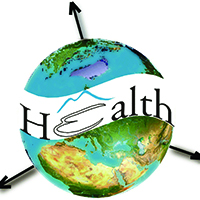Impact of the COVID-19 pandemic on the number of births in Pernambuco Brazil

All claims expressed in this article are solely those of the authors and do not necessarily represent those of their affiliated organizations, or those of the publisher, the editors and the reviewers. Any product that may be evaluated in this article or claim that may be made by its manufacturer is not guaranteed or endorsed by the publisher.
Authors
This study aimed at analysing the potential effects of the COVID-19 pandemic on the time series and spatial patterns of live births in the state of Pernambuco, Brazil, from 2010 to 2021. This is an ecological study that applied intervention analysis in time series, with the goal to identify how projected data behaved in relation to observed data in the months December 2020 to November 2021, i.e. months representing conceptions from March 2020 to April 2021. For the state of Pernambuco, a discrepancy up to +5.7% was found between the observed and projected data, while the respective difference for the São Francisco mesoregion showed the opposite trend with maximum discrepancy of –9%. The results did not indicate a clear change in the number of live births but supported the expected continuation of the downward trend of the previous years. Considering the importance of the number of live births in the context of demography, economy and public health, monitoring must be maintained to analyse the possible future impact of the COVID-19 pandemic on live birth projections.
How to Cite

This work is licensed under a Creative Commons Attribution-NonCommercial 4.0 International License.








